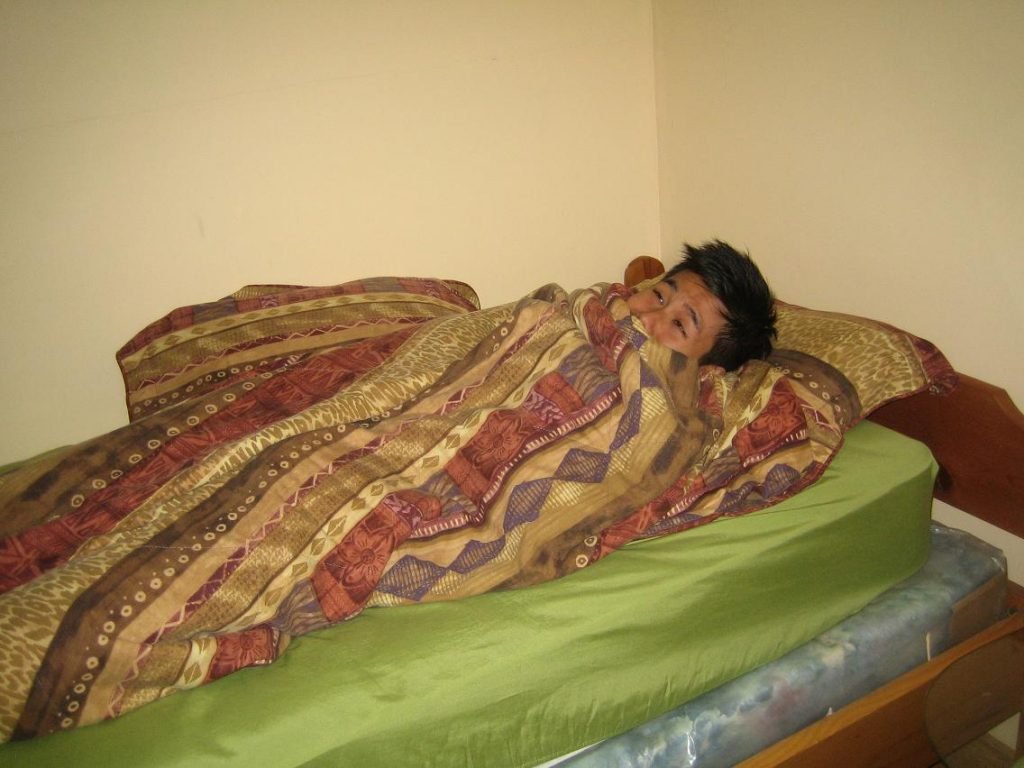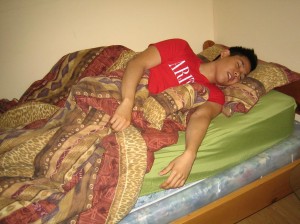Frostbite is an injury due to freezing of the skin and underlying tissues. Generally, it is characterized by skin becoming very cold, red and becomes numb, hard and pale. Frostbite usually affect the toes, fingers, nose, ears, cheeks and chin. Exposure of skin to cold and windy weather increases the risk for frostbite but skin covered with gloves or other clothing can also be affected. In addition, children are easily affected by frostbite than the adults.
Symptoms of frostbite in children
- Numbness of the affected area
- Cold skin and a prickling feeling
- Red, white, bluish-white or grayish-yellow skin
- Hard or waxy-looking skin
Clumsiness caused by stiffness of the muscles and joints. - Clumsiness caused by stiffness of the muscles and joints
- Sometimes, there are blisters after rewarming
Stages of frostbite
- Frostnip is a mild form of frostbite where the skin is pale or turns red and feels very cold. It does not permanently damage the skin.
- Superficial frostbite causes the skin to turn red and becomes white or pale. The skin is soft and crystals form in the tissues. Blisters can develop within 24-36 hours after rewarming the area.
- Severe frostbite involves all skin layers including the underlying tissues. There is numbness, loss of sensation, pain and discomfort of the affected area. The area becomes black and hard and the tissues die.
Causes
- Wearing clothing that is not suited for the condition, no adequate protection against cold, wind or wet weather conditions or tight clothing.
- Staying too long in the cold and wind. The risk increases when the temperature is below 5 degrees F or low wind speeds.
- Touching materials such as cold packs, ice or frozen metal.
Treatment
- Bring the affected child indoor or a shelter. Avoid letting the child walk on frozen feet or toes. You should carry him/her to prevent further damage to the area and worsen the condition. If there is no shelter available, stay inside a car, a truck, old house, in a tent or a cave. In addition, close all windows, doors and other opening that can result to excessive coldness from the outside. Keep the area warmer than the outside.
- Remove clothing of the child that are wet as well as any jewelry. Generally, remove jewelry such as bracelets or rings to prevent difficulty in removing them when the area is swollen since reduced blood circulation in the area can worsen the condition.
- Elevate the temperature of the body by adding more blankets on the body of the child and wrapping the affected area with blankets or bandage if possible. In addition, avoid using hair dryer, heating pad, hot water, direct fire, rubbing the skin with ice and massage since this can cause further damage and worsen the condition.
- If the cheeks, face, ears, nose and chin of the child are affected, soak a clean cotton towel in warm water. Squeeze the excess water and wrap it around the face. Repeat the procedure until there is a sensation that can be felt and the skin turns to pink and dry them gently. Keep the face warm using another dry towel around the face and neck.
- Lastly, let the child drink plenty of water to prevent dehydration.
Disclaimer / More Information
The material posted on this page on frostbite is for learning purposes only. Learn to recognize and manage environmental issues including frostbite by taking a first aid and CPR class with one of our training providers.
FACT CHECK
https://en.wikipedia.org/wiki/Frostbite
https://www.healthline.com/health/frostbite-stages
https://www.mayoclinic.org/diseases-conditions/frostbite/symptoms-causes/syc-20372656

